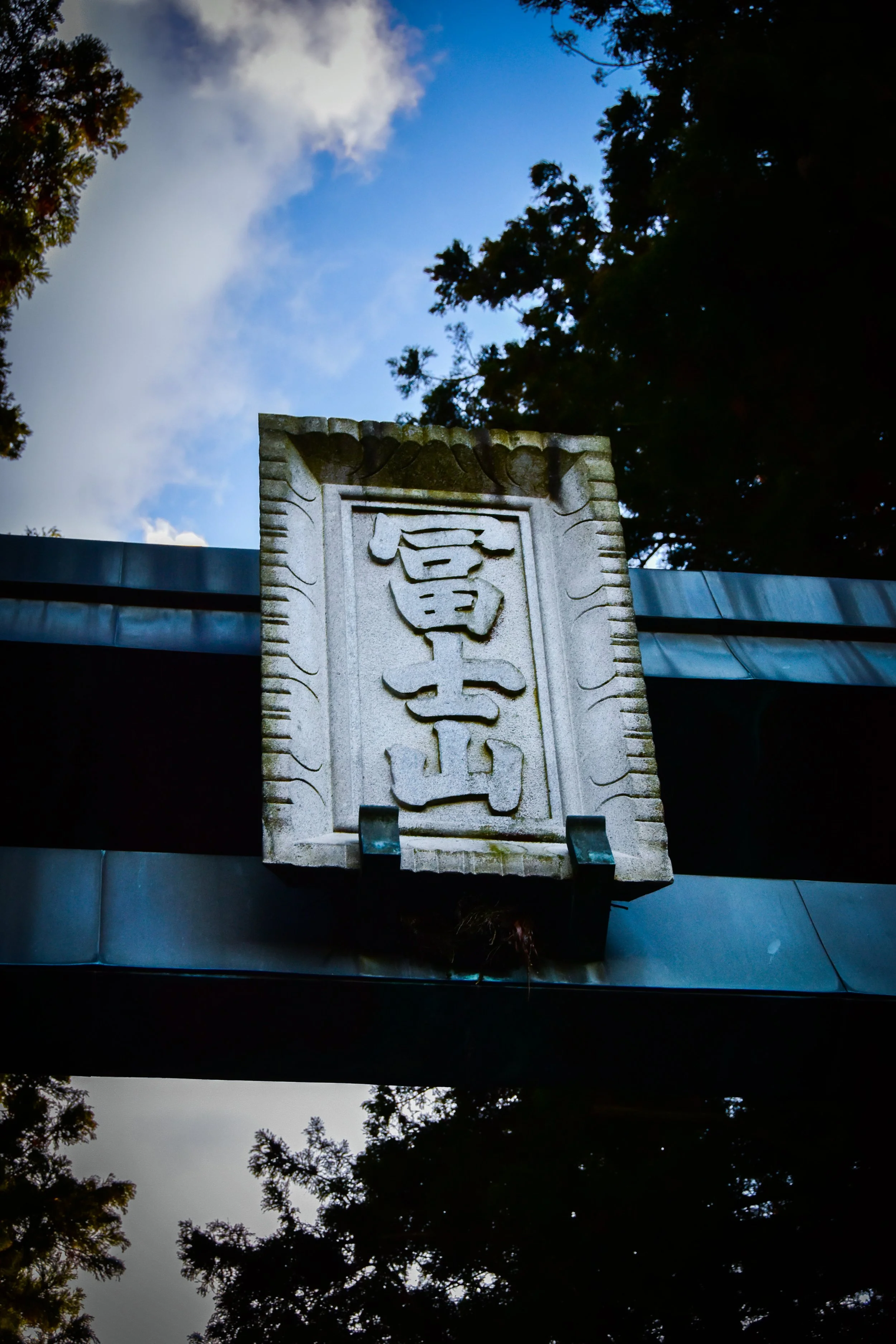Before Mt. Fuji existed as we see it today, it actually had a different name. In fact, according to Japanese traditional understanding, before the volcano known as Fuji-san was formed, Komitake-san was the reigning volcano in the area. Over the years, as Fuji-san erupted and expanded, it gradually swallowed Komitake-san to the point that we see it today, a small peak about half way up the side of Fuji-san. Now, have residents of the area witnessed the physical swallowing of Komitake-san? No. But people have been around long enough to see the larger Fuji-san absorb the very peak of the mountain over the course of Japan’s written history. This local legend was backed up with geological research which confirmed that Fuji-san is the latest in a long line of volcano cores which date back millions of years. As a result, this shrine is dedicated to Komitake-san and is the marker used to indicate the 5th station on the climb up to the peak of Fuji-san.
For the casual: 9. For the educated: 9.
The shrine itself is a very small little shack at the 5th station just before the Yoshida Trail, so it can be easy to miss if you’re attempting the climb. The local legend is that Komitake-san was home to a tengu, a yokai that lives in the mountains, and the tengu was said to bring good luck to climbers. Therefore, visiting the shrine before making the climb has a chance to bring you better weather (the wind can be dangerous), good speed, and a safe return from the summit.
Let’s talk geology for a minute or two, shall we? The compressed energy within a volcano is always looking for the easiest way out, and the buildup of such pressure causes a multitude of cracks and vents to open in the hillside. If one vent is more efficent than the others at releasing that stored energy, that vent is used more causing it to get larger, and often becoming a secondary peak on the mountain. Small vents will either remain as they are or grow, sometimes to the extent of dwarfing the parent volcano, as is the case with Fuji-san. Fuji-san is infact a dormant stratavolcano, so there’s little need to worry while ascending its slopes. But dormant doesn’t mean extinct, and records show that it typically errupts every 300 years or so. The last erruption was just before the turn of the 18th century (300 years ago ^(O.O)^ ).
Credit to Daniel Traub for checking my geological language.






